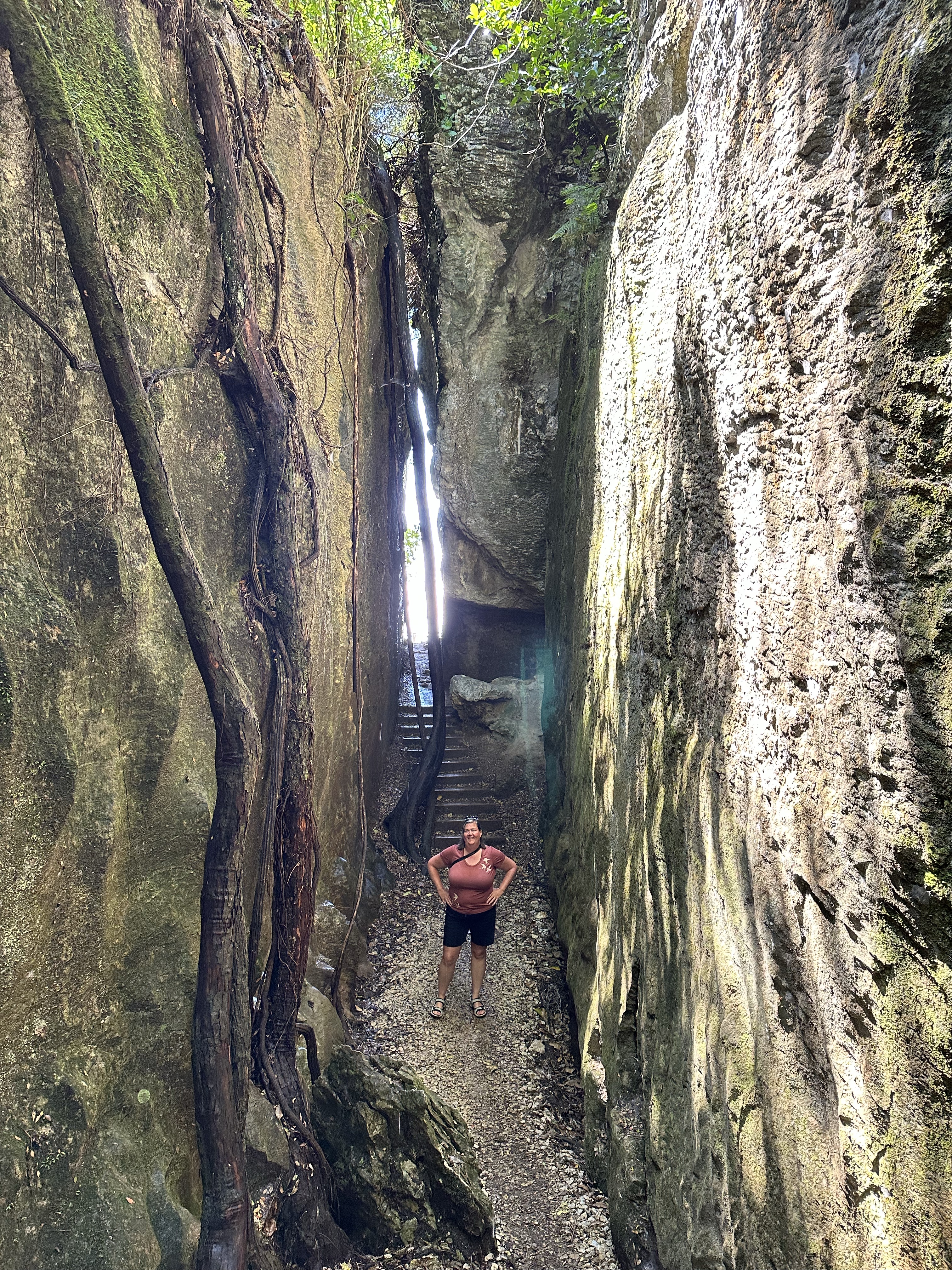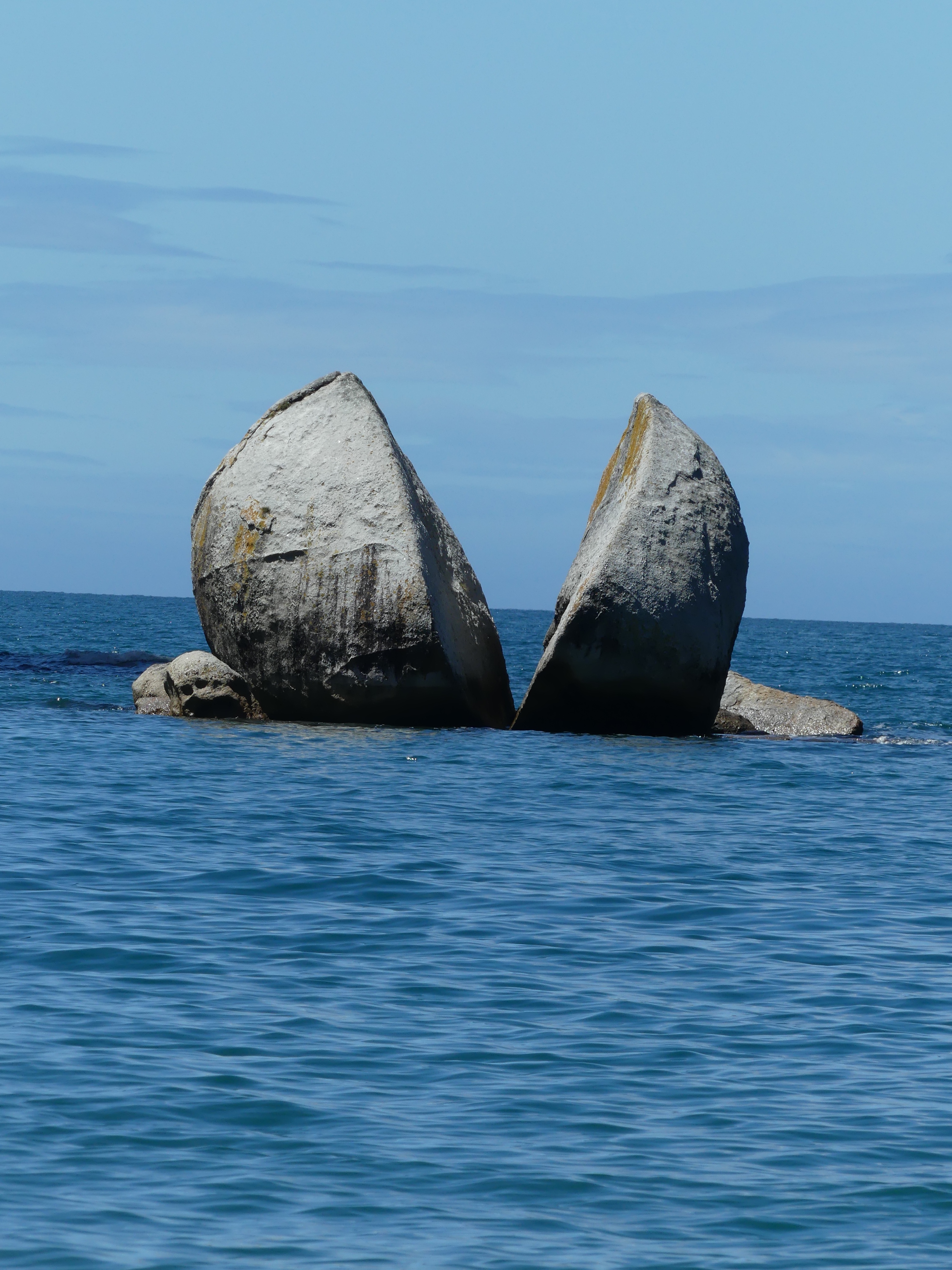This morning was an early start. OK 730, but Ryan whined about it 😉 A quick breakfast then a mad dash up the A9 from Inverness all the way into Thurso. Where is Thurso you may ask. Funny story that. Last night in the hotel hot tub we chatted with a lady from South Carolina. Her husband does something in the nuclear plant industry and is on contract there. There is one up there somewhere. Anyway, we were talking it came out she was up there and we said “we’re going there next”. After a brief pause and a slight (ok huge) look of confusion she asked “May I ask why?” Well that is where the ferry to Orkney is. Well Scrabster is the ferry terminal but it’s really close enough. She mentioned there is nothing to do in Thurso. After driving through we’d have to agree. I believe she was quite relieved we weren’t planning a long stay 😉
I was a little concerned about the ferry, and how they’d run things. Turns out it’s nothing. Just like our BC Ferries, roll on roll off type of thing. And to boot we left on time. The boat itself looks nothing like most of our ferries. It is a real ship with a big pointy bow. Today was clear and seas were quite smooth. Perfect sail day. So clear in fact we got a great view of Hoy and the “Old Man of Hoy” sea stack.
Once on Mainland (the island, not the actual mainland) we headed off to see the Stones of Stenness. The surviving stones are sited on a promontory at the south bank of the stream that joins the southern ends of the sea loch Loch of Stenness and the freshwater Loch of Harray. The name, which is pronounced stane-is in Orcadian dialect, comes from Old Norse meaning stone headland. The stream is now bridged, but at one time was crossed by a stepping stone causeway. It is a one lane road though.
The Stenness Watch Stone stands outside the circle, next to the modern bridge leading to the Ring of Brodgar.
The stones are thin slabs, approximately a foot thick. Four, up to about 16 ft high, were originally elements of a stone circle of 12 stones, laid out in an ellipse about 104 ft diameter on a levelled platform of 144 ft diameter surrounded by a ditch. The entrance faces towards the Neolithic Barnhouse Settlement which has been found adjacent to the Loch of Harray. The Watch Stone stands outside the circle to the north-west and is 5.6 m (18 ft) high. Other smaller stones include a square stone setting in the centre of the circle platform where cremated bone, charcoal and pottery were found, and animal bones were found in the ditch. The pottery links the monument to Skara Brae and Maeshowe, and the site is thought to date from at least 3000 BC.
After a little bit of really really old stuff, we headed to our hotel. It’s a “self catering” place which for here is perfect. Self catering means a kitchen and small living room. We are seaside. When I say seaside, I mean the sea at high tide is lapping against the foundation. Storm watching here could be fun. A quick drop the bags and back out to see stuff.
Since arriving in Scotland I’ve learned a bit about whiskey. I’ve always believed I would enjoy it but really didn’t know where to start. 3 Distillery tours now I think I’ve got my thoughts arranged. Today was Highland Park (est 1798). I sampled the 12 and 15 year old. Surprisingly I liked the 12 year old better. More initial depth on the nose, both had a great smoky finish. Whiskey snob already 😉 Eric wanted to taste again too. When I said yes he could taste the drips of the 12 year old he thought I was already finished and he could take the rest. Well I had a healthy 1/4 finger left that he shot. His face was priceless 😀 He did go back and taste the 15 year old. He says they taste the same. Cheap stuff for him!
We also went to the Orkney Cheese Co. No tours, oh well. We decided to pick up some cheeses at Tesco and do our own tastings. Yummy. Oh and I bought some more whiskey to go with my cheese. Jura from the west coast of Scotland for those of you who know your whiskies.
Since no tours at the cheese co we moved on to churches. It did seem a little sacrilegious to taste whiskey then go wander in a Cathedral. But I managed through it. St. Magnus Cathedral and Bishop and Earl’s Palace (‘behind’ the cathedral across Palace Road). Nice to tour 3 places in one block space. St Magnus Cathedral built in 1137 by the Norse Earl Rognvald to honor his ‘murdered’ uncle Earl Magnus. It’s a beautiful pink sandstone. Rough hewn (because it’s so old) but beautiful. Across the street are the Bishop’s Palace and the Earl’s Palace. The Bishop’s Palace was built at the same time as the adjacent St Magnus Cathedral and housed the cathedral’s first bishop, William the Old of the Norwegian Catholic church who took his authority from the Archbishop of Nidaros (Trondheim). The ruined structure now looks like a small castle. Originally it is thought to have been like a typical Royal Norwegian Palace, with a large rectangular hall above store rooms and a tower house as the Bishop’s private residence. King Haakon IV of Norway, overwintering after the Battle of Largs, died here in 1263, marking the end of Norse rule over the Outer Hebrides. The neglected palace had fallen into ruins by 1320. In 1468 Orkney and Shetland were pledged by Christian I of Denmark and Norway for the payment of the dowry of his daughter Margaret, betrothed to James III of Scotland, and as the money has never since been paid, their connection with the crown of Scotland has been perpetual. In 1526 the palace came briefly into the possession of William, Lord Sinclair, before he was ordered to return it to the Bishop of Orkney. When King James V of Scotland visited Kirkwall in 1540 he garrisoned his troops in the Palace and in Kirkwall Castle. Soon afterwards’ extensive restoration was begun by Bishop Robert Reid, the last and greatest of Orkney’s medieval Bishops who also founded the University of Edinburgh. Reid added a round tower, the Moosie Toor. Ownership passed to Robert Stewart, 1st Earl of Orkney, in 1568, then to his son Patrick Stewart, 2nd Earl of Orkney who planned to incorporate it into his Earl’s Palace, Kirkwall, but debts forced him to return it to Bishop James Law. Earl Patrick’s son Robert seized both palaces in 1614, and a siege followed, though it is not known if this caused damage to the structures. This stuff is old!
Whenever Kris and I discuss houses, windows are always a big part of the like or dislike. These are great windows.
By now its dinner time and we’re hungry. Just down the street is Lucano’s. A cheap and tasty italian place. Pizza was “legit” according to Ryan and I enjoyed mine too. Tomorrow is more driving around and seeing “old stuff”. I’ve driven almost 2000 km in the car. Getting use to the rules of the road and such now. Never would have thought I’d have put that much on the car. And we’re just over 2/3 through drive wise.
More funny things we’ve spotted.
And if you watch this YouTube link on Apple’s siri vs a Scotsman’s brogue you’ll get the next photo. Parental note, the language isn’t suitable for young ears 😀





























Leave a Reply